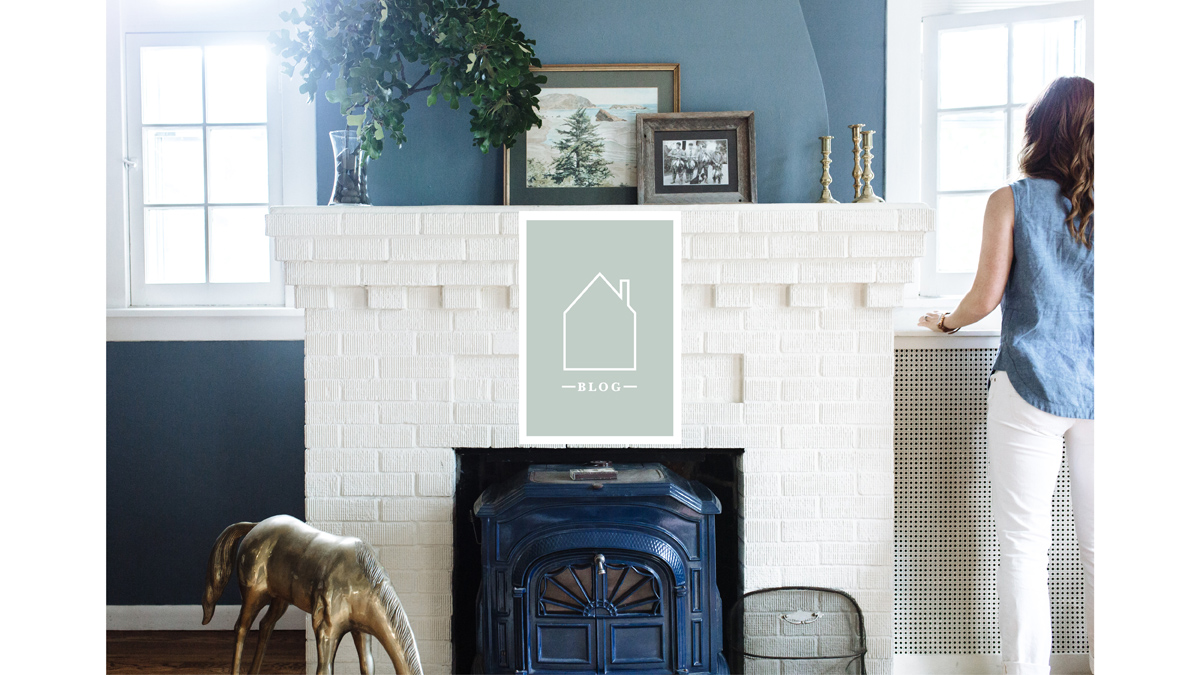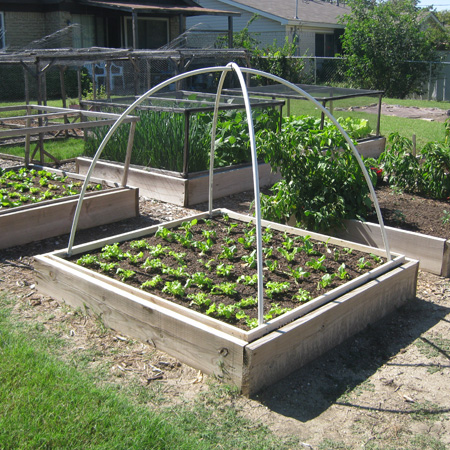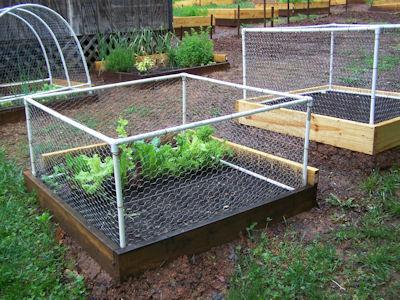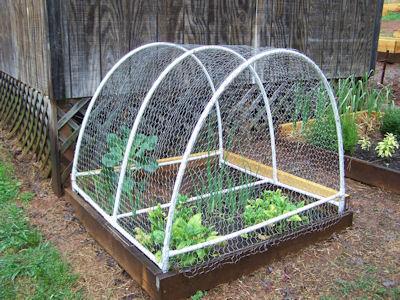end of may garden report
Emily Oster
Let's begin with positives...
I am happy to report that my raspberry starts are doing very well. They have grown on average about a foot and have begun to shot out new canes. There are even some visible berries! I have been trying to read up about how to keep them healthy but not knowing their variety has made this a little challenging. Also it seems like there is a lot to know and that growing berries can be sort of difficult... What I have learned is that I shouldn't plant anything in the night shade family - tomatoes, eggplants, potatoes and others - near them as they spread disease, garlic is a good companion plant, they only need an inch of water a week and pruning is important to get a bountiful harvest. I keep a close eye on the patch and think I will spread some more leaf mulch this coming weekend. I have noticed several yellow leaves and I am hoping it will help with maybe a lack of nutrients in the soil. Fingers crossed is this all it is...
Another win is my back pots. I used these metal buckets as my pots by just drilling five holes in each and I am really liking how they look. I planted two pots of Diamond Frost and two of Victoria Blue Saliva and so far both are looking good!
Another successes include progress on clearing out over grown flower beds, successful transplanting of a peony bush (I think), starting the relocation of a patch of lily of the valley and buying an ever bearing strawberry plant that I hope will be the start of a delicious little strawberry crop.
Unfortunately, there also has been some failures in this year's spring planting. The first is our edible garden. If you recall from this post, we planted our lettuces in our planter in sort of a risky spot for sun. Well it turned out that there was almost no sun. The plants were alive but not growing at all. So in a hail mary attempt I moved them to a patch in the ground near the raspberry starts. They haven't died or been eater by rabbits but I am not so optimistic.
The other big disappointment has been the front pots. I had my doubts that the white Ageratum would bush out like I told my local "knowledgeable" gardener that I wanted and indeed it has not at all. In fact, I don't think they have grown at all and the stems just sort of gets caught in each other. I added six sort of ground coverish plants (can't remember their name) per pot to try to give it more life but its not really doing anything for me either. In addition to me just sort of not likely my selection, the front is in a lot more shade than I realized so they probably aren't getting enough sun. I think I will move them and see what happens.
This weekend I plan to spend another good chunk of time in the garden. Cleaning and transplanting the surrounding beds is a big task and I am currently debating where, what and how much I want to actually plant for our summer edible garden. It might turn out to not be that much but we will see.
 asdfsdf
asdfsdf












